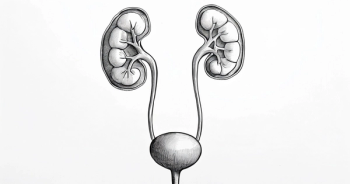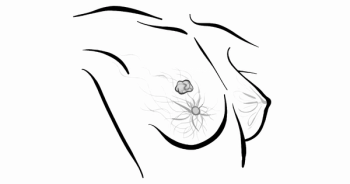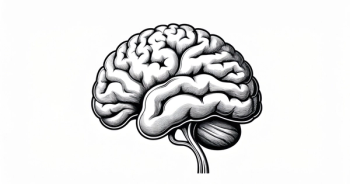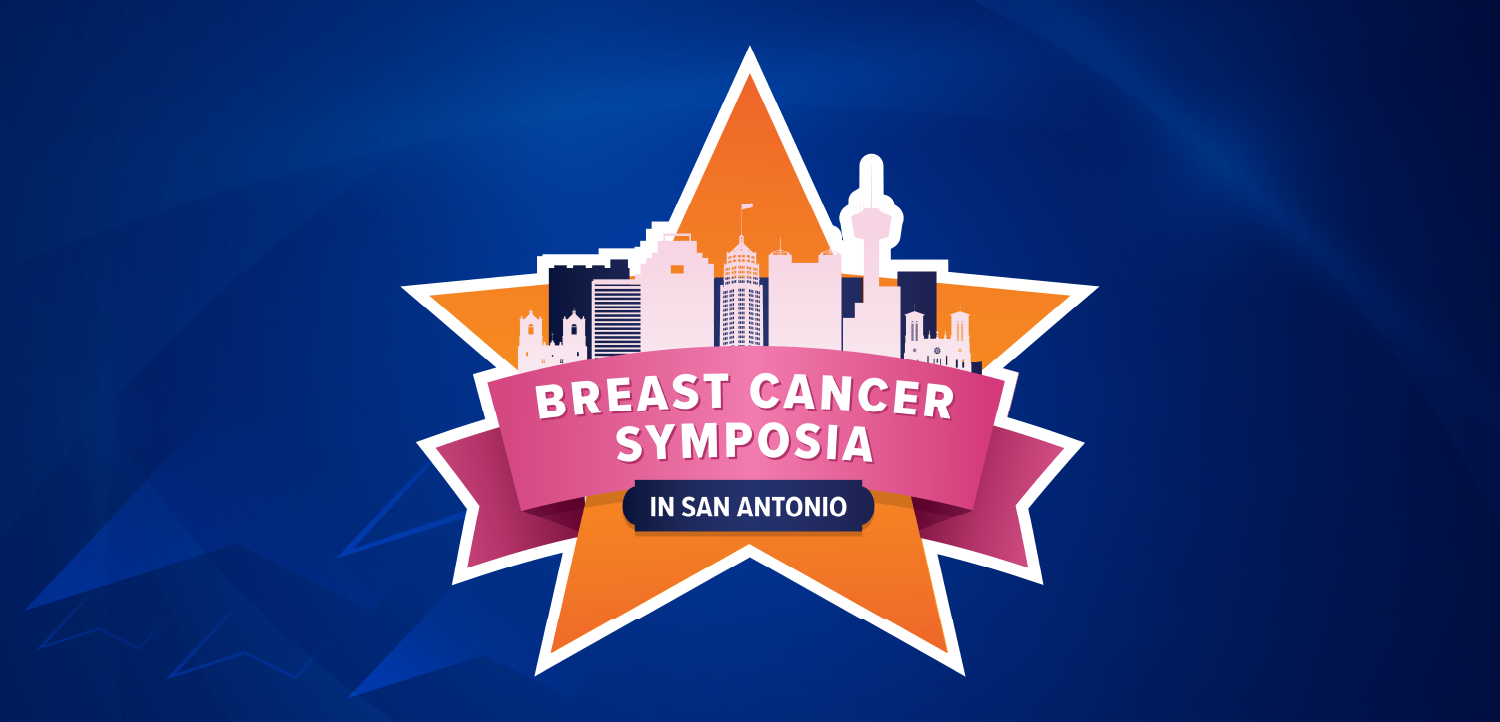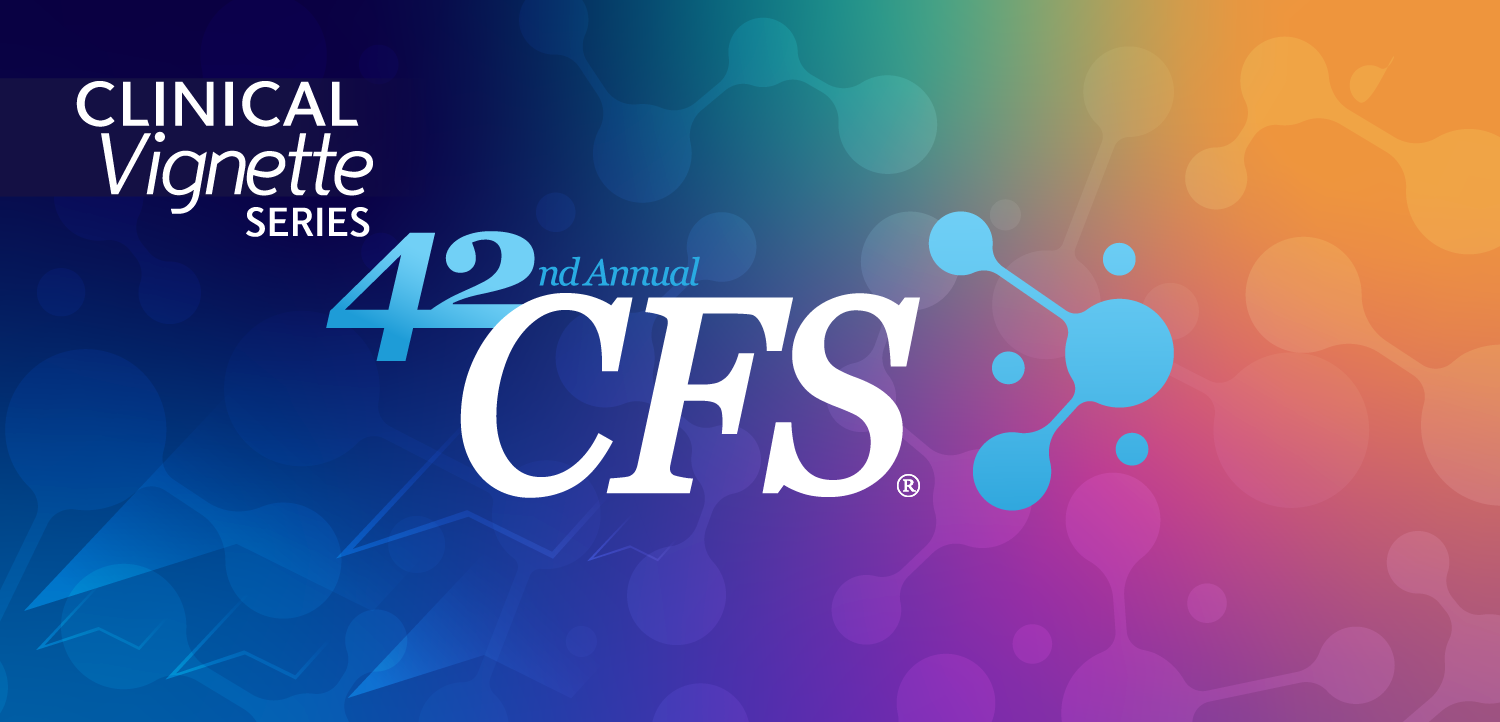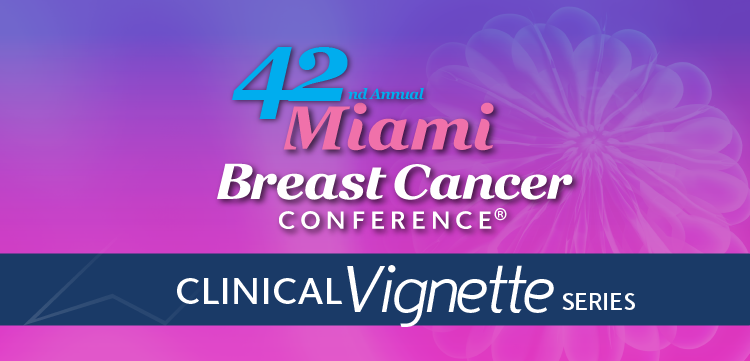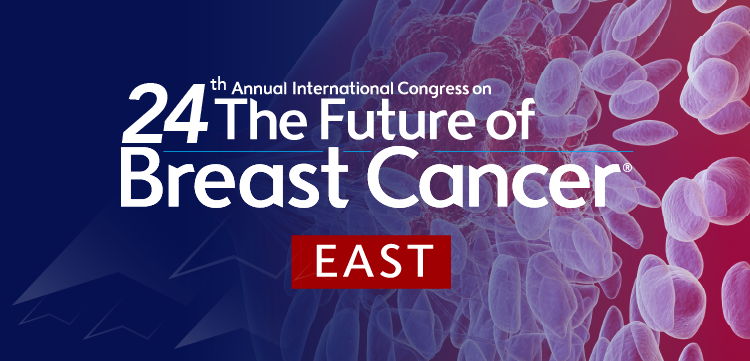
Patient-Reported Outcomes Differ Between Chemo and Endocrine Therapy in Breast Cancer
In an updated analysis of the phase III TAILORx trial in patients with breast cancer, investigators found that chemotherapy resulted in significantly more acute symptoms compared with endocrine therapy, however, the adverse events associated with endocrine therapy increased over time.
Lynne I. Wagner, PhD
In an updated analysis of the phase III TAILORx trial in patients with breast cancer, investigators found that chemotherapy resulted in significantly more acute symptoms compared with endocrine therapy, however, the adverse events associated with endocrine therapy increased over time.
Findings showed that during the first 12 weeks of treatment, which is the standard length of chemotherapy treatment, patients who were treated with chemoendocrine therapy had significantly more cognitive impairment, fatigue, and endocrine-associated symptoms than the women treated with endocrine therapy alone. According to the investigators, the symptoms persisted over a follow-up as long as 36 months, but the differences between the 2 groups dissipated as the symptom burden associated with endocrine therapy increased gradually over time.
Long-term health-related quality of life (hrQOL) did not differ significantly between treatment groups or from baseline, Lynne I. Wagner, PhD, of Wake Forest School of Medicine reported at the 2018 San Antonio Breast Cancer Symposium.
"As we would expect, chemotherapy was associated with more symptoms during treatment as compared to endocrine therapy alone," said Wagner. "However, the observation that long-term symptoms and quality of life are comparable is perhaps reassuring for patients for whom chemotherapy may be lifesaving.
"Both treatments are associated with lingering symptoms, underscoring the need for ongoing attention to these concerns, which appear to stabilize at 12 months and beyond. These findings can be used to inform treatment decision-making and expectations for long-term function and well-being and add support for the value of precision treatment."
The findings came from the TAILORx trial involving almost 10,000 patients with early-stage HR+/HER2- breast cancer, assigned to treatment groups on the basis of the OncoType DX 21-gene assay to estimate the risk of recurrence. Patient with a low recurrence score (RS, 1-10) received endocrine therapy, and those with a high risk of recurrence (RS 26-100) received chemoendocrine therapy. The remaining patients with intermediate recurrence risk (RS 11-25) were randomized to endocrine therapy alone or with chemotherapy.
Analysis of the primary outcome in the randomized patients showed no difference in the recurrence rate among patients treated with chemoendocrine therapy or endocrine therapy alone (N Engl J Med. 2018;379[2]:111-121. doi: 10.1056/NEJMoa1804710).
Wagner reported findings from an updated analysis of patient-reported outcomes (PROs), a substudy created by protocol amendment in 2010 (4 years after TAILORx began). The substudy involved the use of validated survey instruments to assess patient-reported cognitive effects, symptoms, and hrQOL. Wagner previously reported initial findings for cognitive effects (using the Functional Assessment of Cancer Therapy-Cognition, FACT-Cog), which showed a significantly greater adverse impact of chemotherapy on cognitive function during the first 12 weeks of therapy (ASCO 2012, abstract 9020).
The updated analysis included 454 randomized patients, who had a median age of 54 to 55. A majority of the patients received an aromatase inhibitor as initial endocrine therapy, and about 70% of patients randomized to chemoendocrine therapy received docetaxel and cyclophosphamide.
The updated results for cognitive function showed a difference from baseline to 12 weeks of -3.82 for the chemoendocrine group versus the endocrine group, which met statistical criteria for a clinically meaningful difference (P<.001). Follow-up assessments at 12, 24, and 36 months showed no significant differences between treatment groups, primarily because patients randomized to endocrine therapy alone reported gradually increasing levels of cognitive impairment from 12 months on, said Wagner.
Subgroup analysis showed no interaction between menopausal status and treatment assignment. However, cognition scores for postmenopausal women remained significantly lower compared with baseline throughout long-term follow-up. Additionally, premenopausal patients reported a greater change in cognitive function during the first 3 months versus baseline, irrespective of treatment assignment, but not afterward.
"The significant change in both treatment arms suggests endocrine therapy may affect younger women as much as chemotherapy with regard to cognitive impairment," said Wagner.
Data on patient-reported fatigue and endocrine symptoms came from responses to the Functional Assessment of Chronic Illness Therapy questionnaire. At 3 months, fatigue scores were significantly higher in patients who received chemotherapy (5.32;P<.001). Thereafter, up to 36 months, the fatigue score did not differ significantly. The analysis showed no significant interaction between menopausal status and treatment assignment.
Patients randomized to chemoendocrine therapy also reported more endocrine symptoms during the first 3 months (P<.05) but not afterward. Subgroup analysis showed a significant association between menopausal status and treatment assignment. Postmenopausal patients assigned to chemoendocrine therapy had more endocrine symptoms over time, whereas premenopausal patients did not. On the other hand, premenopausal women had more endocrine symptoms throughout follow-up, irrespective of treatment, than did postmenopausal patients.
To minimize the burden of the clinical trial process on patients, hrQOL was assessed at baseline, 12, and 36 months. Overall, the data showed no significant change over time.
"Our results underscore the importance of recurrence scoreguided treatment to yield both improved clinical outcomes and quality of life," Wagner said in conclusion.
Reference:
Wagner LI, Gray RJ, Garcia S, et al. Symptoms and health-related quality of life on endocrine therapy alone (E) versus chemoendocrine therapy (C+E): TAILORx patient-reported outcomes results. Presented at: 2018 San Antonio Breast Cancer Symposium; December 4-8, 2018; San Antonio, Texas. Abstract GS6-03.


